A kitchen addition is an exciting project that can transform your home, but careful planning is essential to ensure the space is both functional and efficient. From layout design to energy-efficient appliances, every decision impacts usability, sustainability, and long-term convenience. Here’s how to maximize efficiency when planning your kitchen addition in Delaware County and Chester County.
1. Determine Your Kitchen Needs
Before making any design decisions, assess how you currently use your kitchen and what improvements would enhance its functionality. Do you need more counter space for meal prep? Are you lacking proper storage? Will you be entertaining guests frequently? Defining your specific needs ensures that your kitchen addition serves a practical purpose rather than simply expanding square footage.
2. Optimize the Layout
An efficient kitchen layout minimizes unnecessary movement and enhances workflow. The kitchen work triangle—positioning the sink, stove, and refrigerator within easy reach—remains a tried-and-true design principle that improves cooking efficiency.
For open-concept kitchen additions, consider incorporating an island with storage and seating. A well-placed island can function as a prep station, dining area, and social hub all in one, enhancing both practicality and interaction.
3. Choose Energy-Efficient Appliances
Investing in energy-efficient appliances reduces utility costs and lowers your home’s environmental footprint. According to EnergyStar, certified refrigerators are at least 15% more efficient than the federal minimum standard. Choosing Energy Star-rated dishwashers, convection ovens, and induction cooktops can significantly cut down on energy usage without sacrificing performance.
Additionally, modern eco-mode appliances help regulate energy consumption while maintaining a high level of functionality, making your kitchen both high-tech and sustainable.
4. Maximize Storage Solutions
A cluttered kitchen reduces efficiency, making strategic storage solutions essential. Custom cabinetry, pull-out pantry shelves, deep drawers, and built-in spice racks help keep your kitchen organized.
Overhead cabinets and vertical dividers make the most of available space, while well-placed drawer organizers keep frequently used tools within easy reach. By designing a well-organized storage system, your kitchen addition will maximize functionality without sacrificing style.
5. Improve Lighting for Better Functionality
Proper lighting enhances visibility and makes meal preparation easier and safer. Layered lighting, which includes a combination of ambient, task, and accent lighting, ensures that every part of the kitchen is well-lit.
Installing LED bulbs is an energy-efficient choice, as they last longer and consume far less energy than traditional bulbs. Under-cabinet lighting brightens workspaces for better precision, while pendant lights over an island provide a mix of style and function.
6. Use Durable and Easy-to-Maintain Materials
Efficiency goes beyond workflow and energy savings—it also includes ease of maintenance. Choosing durable materials ensures your kitchen remains in pristine condition with minimal upkeep.
For countertops, quartz is a top choice due to its non-porous, stain-resistant, and low-maintenance properties. Porcelain tile or luxury vinyl plank flooring offers durability against stains, scratches, and moisture, making it ideal for high-traffic kitchen areas. Selecting easy-to-clean surfaces will save time and effort in the long run.
7. Integrate Smart Kitchen Technology
Smart home technology can enhance efficiency and convenience in your kitchen addition. Voice-activated faucets, motion-sensor lighting, and smart refrigerators allow for hands-free operation and energy savings.
A smart thermostat can also regulate kitchen temperatures, preventing unnecessary energy use while ensuring comfort. Integrating these technologies into your design can streamline kitchen tasks and create a seamless cooking experience.
8. Plan for Proper Ventilation
A well-ventilated kitchen prevents heat buildup, reduces cooking odors, and improves indoor air quality. Installing a high-quality range hood with an exhaust fan ensures proper air circulation, especially if you frequently cook at high temperatures.
Natural ventilation, such as large windows or sliding glass doors, allows for fresh airflow while increasing natural light, making the space feel open and inviting.
Design a Kitchen That Balances Efficiency and Style
A successful kitchen addition enhances efficiency without compromising on style or comfort. By carefully planning the layout, choosing energy-efficient appliances, incorporating smart storage solutions, and selecting durable materials, you can create a functional, high-performing kitchen that meets your everyday needs.
If you’re ready to start planning your kitchen addition in Delaware County or Chester County, Wenger Contracting is here to help. Contact our team today to bring your vision to life with expert design-build remodeling services tailored to your lifestyle.

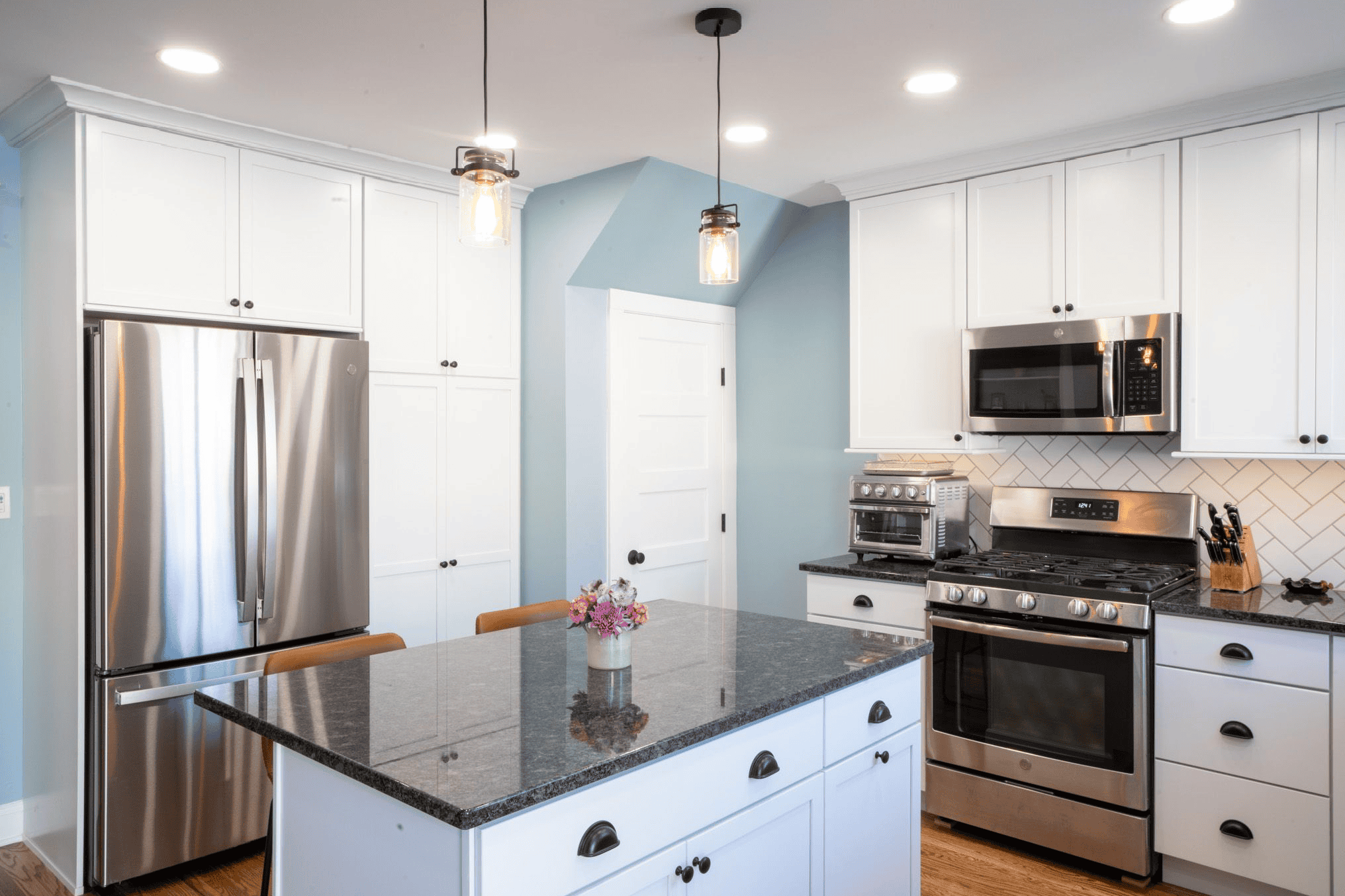

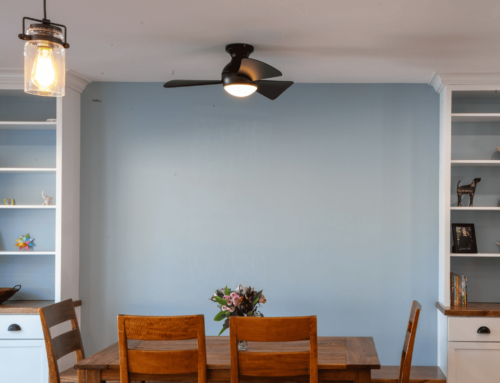
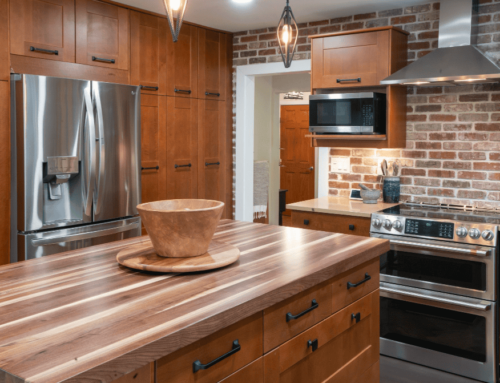
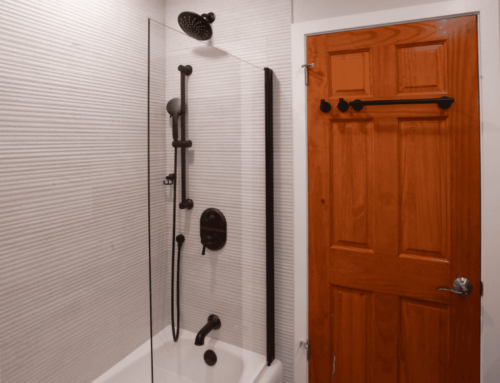
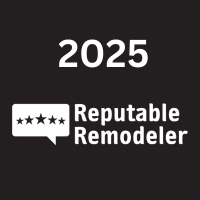
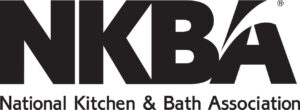

Leave A Comment